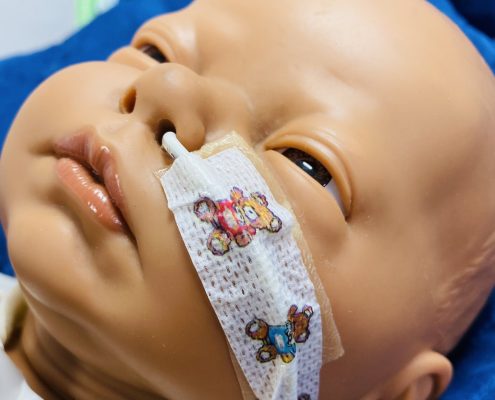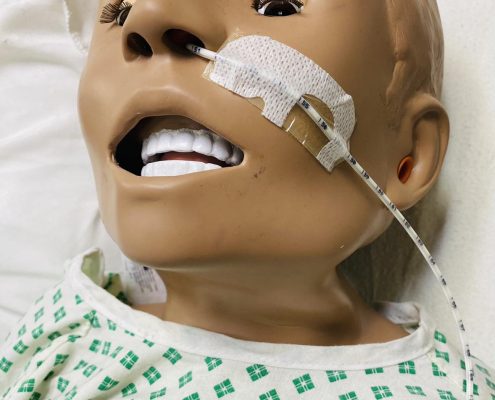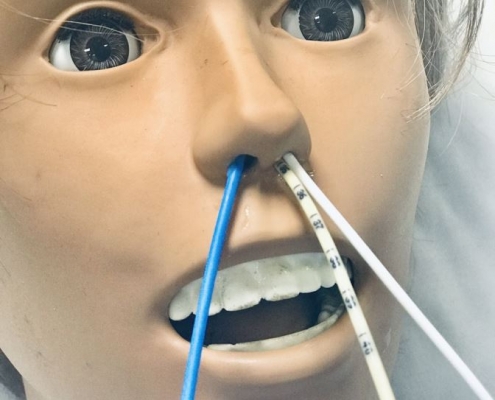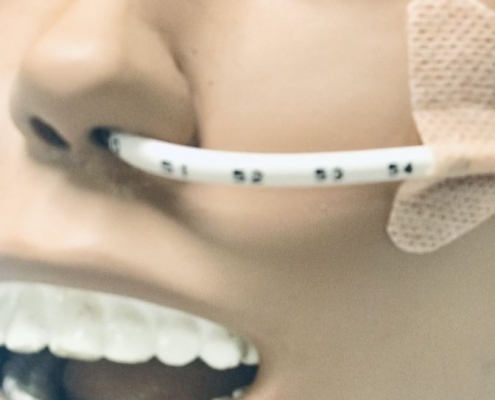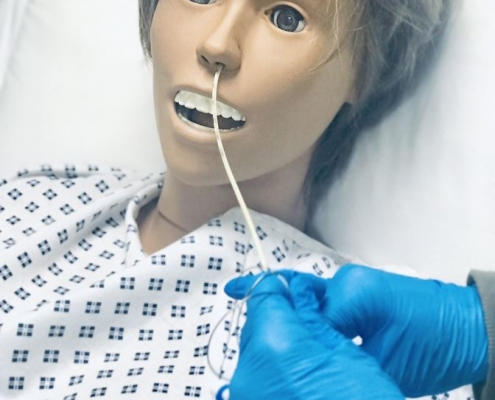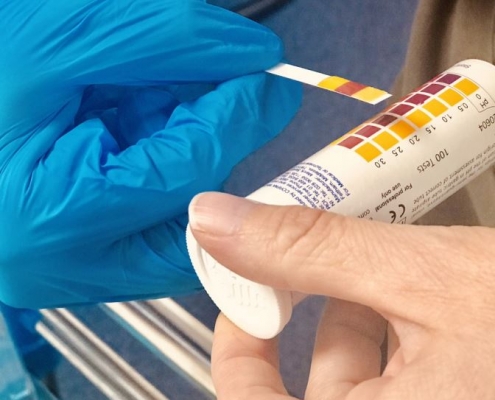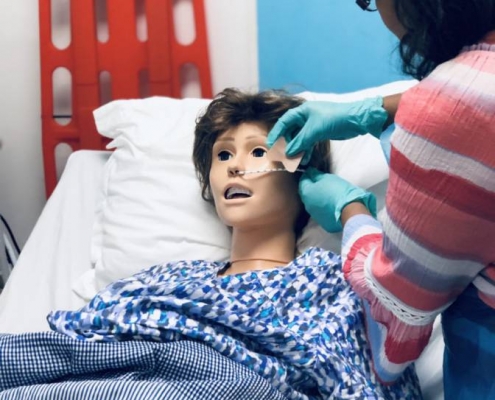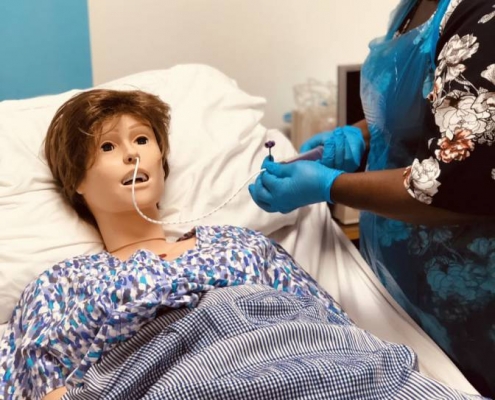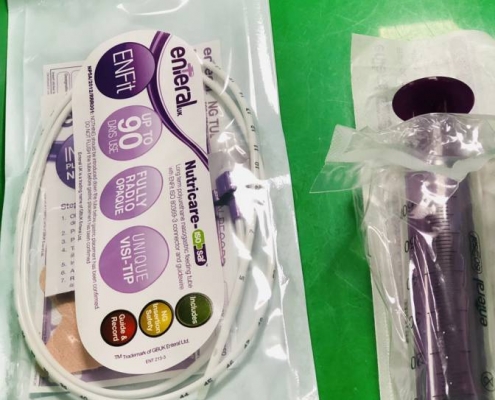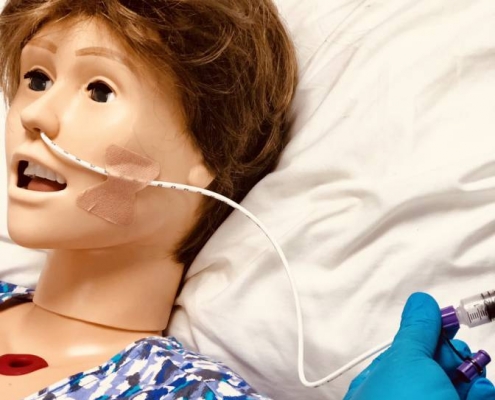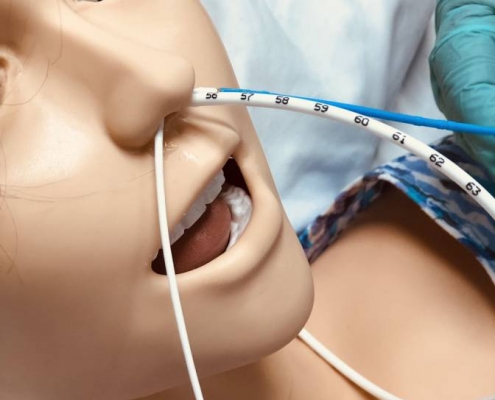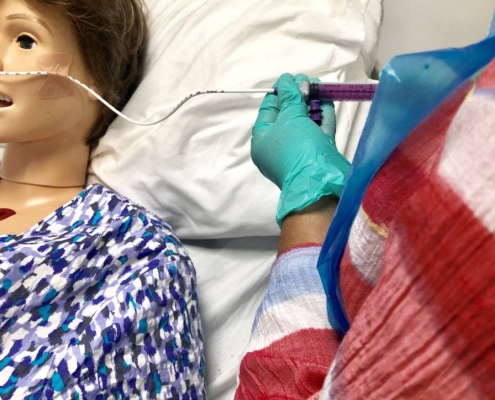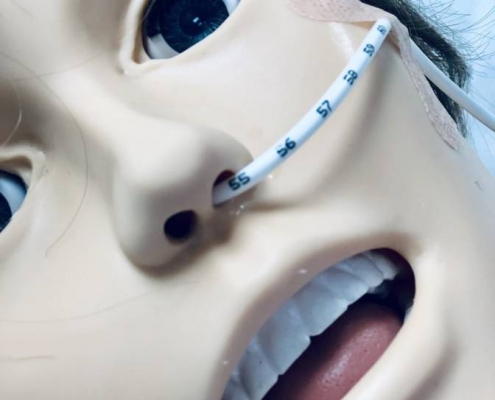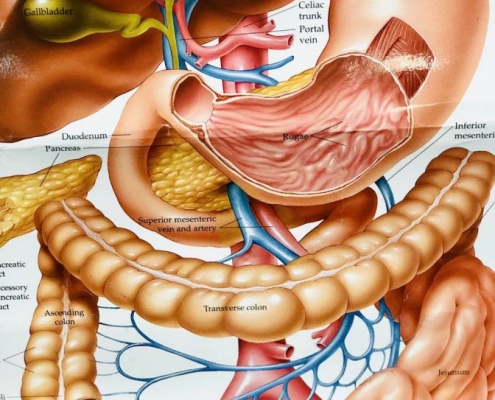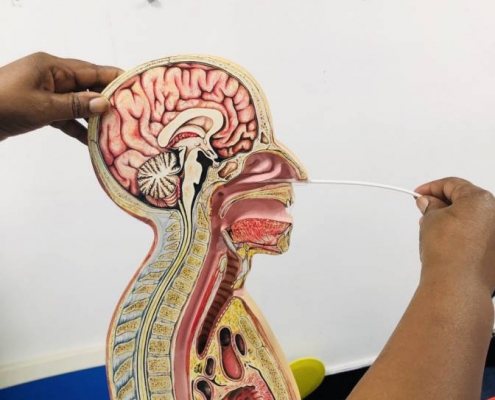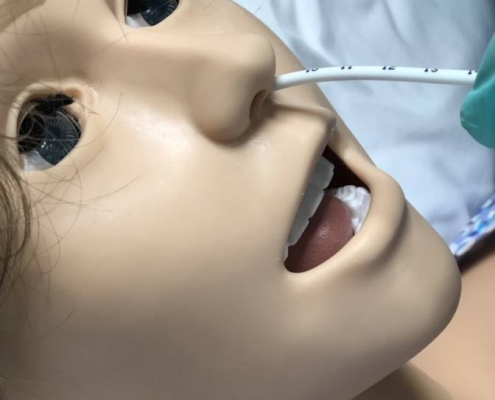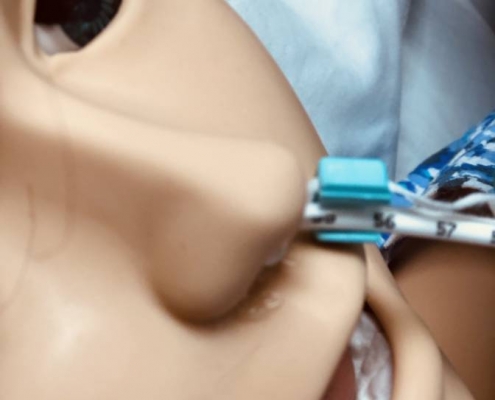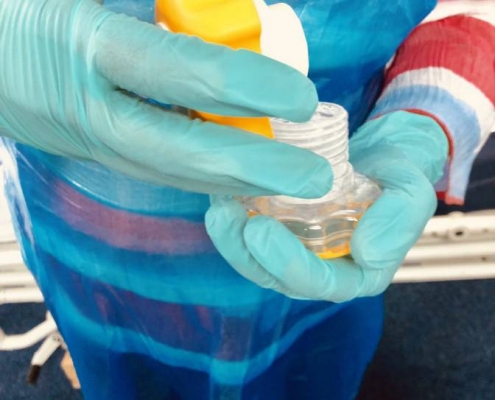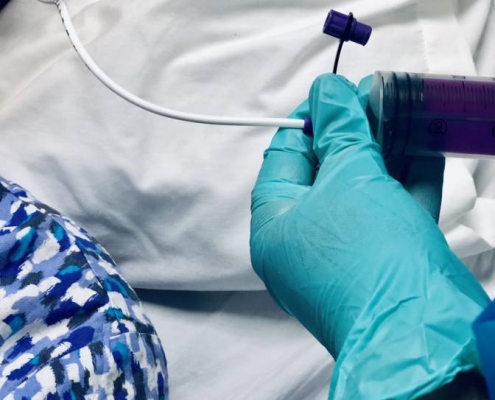Nasogastric Tube (NGT) Insertion and Nasojejunal Tube (NJT) Care and Management Workshop

Nasogastric tube (NGT) Nasojejunal tube (NJT) Insertion Care and Management Workshop
- NGT feeding has been common practice in all groups of patients, neonates, paediatrics and adults for many years. NGT are generally used in the short (one week) to medium term (up to six weeks) or for longer term feeding, which occurs via gastrostomy tubes or jejunostomies. There is a small risk that nasogastric feeding tubes can be misplaced in the lungs during insertion, or can be misplaced out of the stomach at a later stage. NGT Insertion
- The National Patient Safety Agency (NPSA) Patient Safety Alert 05 (2005) provides guidance to the NHS on checking and confirming that a nasogastric tube had been inserted into the right place. Reducing the harm caused by misplaced nasogastric feeding tubes was a Patient Safety Alert published by The National Patient Safety Agency (NPSA) in 2005.
- The NPSA 2011 recommended that all health care professionals involved with nasogastric tube position checks have been assessed as competent and that competency training should include theoretical and practical learning.
Aims of the workshop:
- To promote a clear, consistent and evidence based approach to the insertion, care and management of nasogastric (NGT) and nasojejunal tubes (NJT).
- To promote the safety and well-being of all patients who require a nasogastric tube and nasojejunal tube.
- To provide guidance regarding scope of professional practice, level of competence and accountability in nasogastric and nasojejunal tube insertion, care and management.
- To provide a framework for roles and responsibilities in nasogastric tube and nasojejunal tube insertion and care thereafter
Course Details
- Legal and Professional Considerations
- Consent for Care and Treatment
- The Five Key Principles of MCA
- Professional Code of Conduct
- Principles of Nursing
- Arenas of Accountability
- The Importance of Interpersonal Skills
- Professional Roles and Responsibility
- Infection Prevention and Control
- 5 Moments of Hand Hygiene
- Non-Touch Technique
- Professional Roles and Responsibilities
- Incidents Census Point of 2005-2010
- Anatomy and Physiology of GI Tract
- NGT and NJT Definition
- Types of Nasogastric Tubes
- Risk Assessment
- NGT Indications and Contraindications
- NJT Indications and Contraindications
- List of Equipment for Procedure
- Measuring for a NJT
- pH Testing and X-Ray Confirmation
- NGT Tube Insertion Procedure
- Considerations if pH Level is 6 or Above
- Unsafe Methods NGT Insertion
- Methods of Administering Enteral Feeding
- Decision Tree for NGT Placement checks in Adults and Children
- Tube Care and Management
- Tube Positioning/Trouble Shooting
- Nasal Bridle
Procedure for Nasal Bridle - Tube Care and Management
- Administration of Medication
- Maintaining Patency of Tube
- Unblocking the Tube
- On Going Care
- Discharge of Patients on NGT Feeding
- Documentation
- Recordkeeping
- Use of SBAR Tool in Team Communication
- Education and Training and Audit
- Knowledge and Practical Assessment
Duration: 0900-1800
Fee: £165
Target Audience: RGNs and GMC Registered Practitioner
Lunch will not be provided only Tea and coffee will be provided in the morning and during breaks.
Accreditation:


Nasogastric tube (NGT) Nasojejunal tube (NJT) Insertion Care and Management Workshop
Visit our Facebook Page and LinkedIn Page for more information and training schedules.

